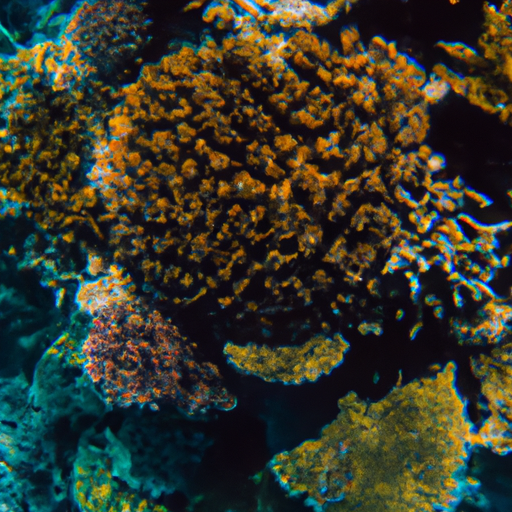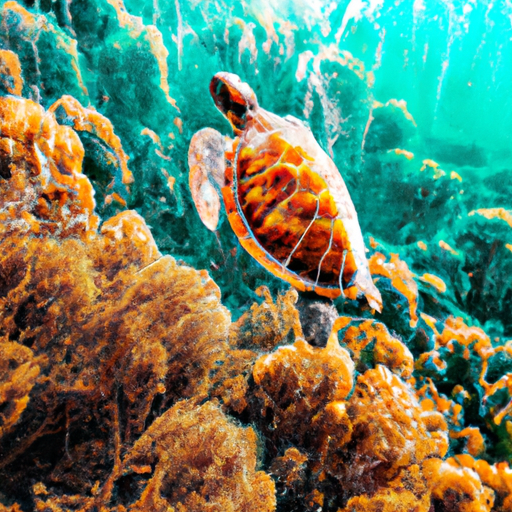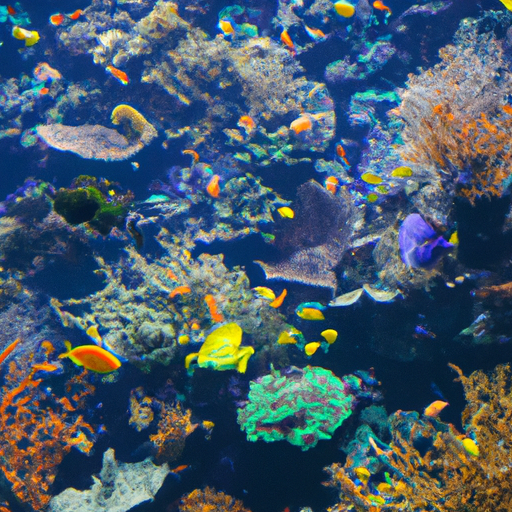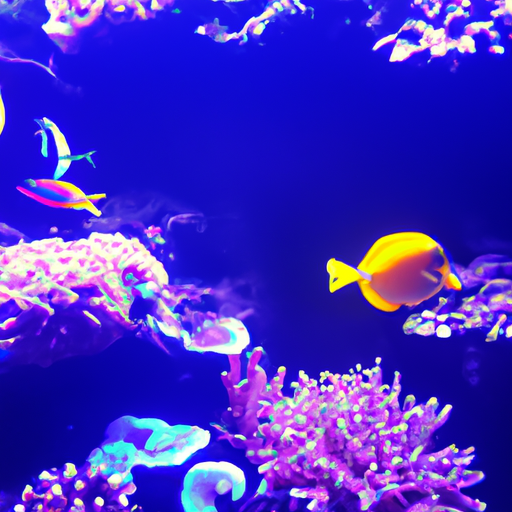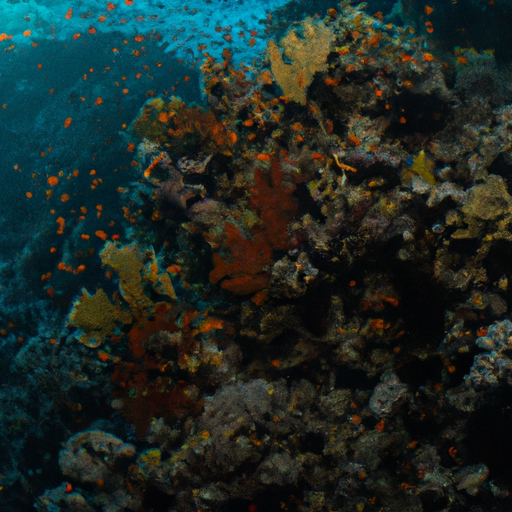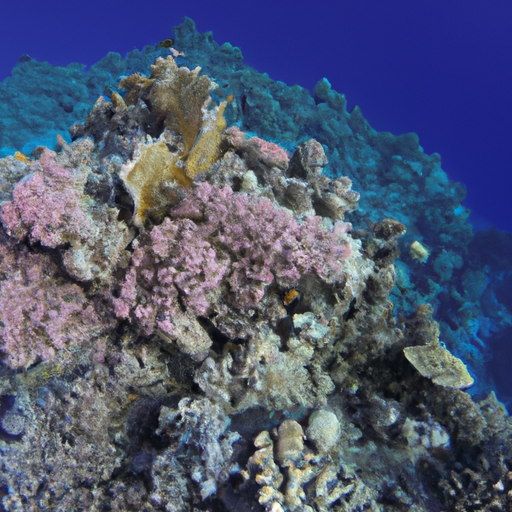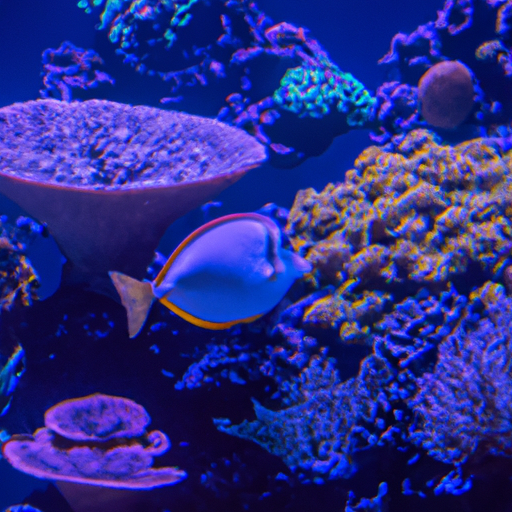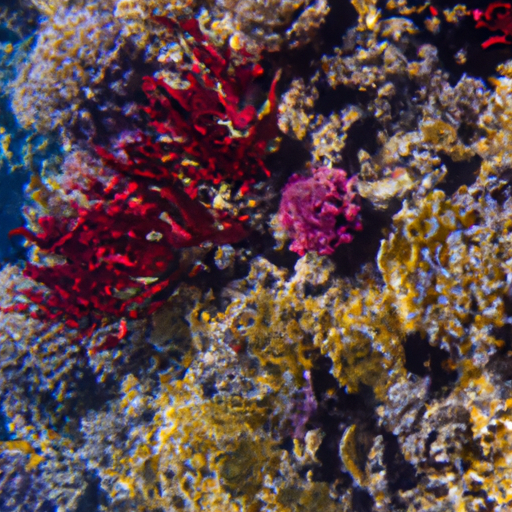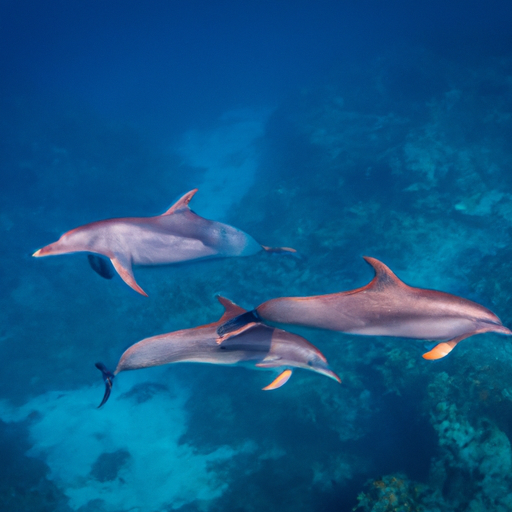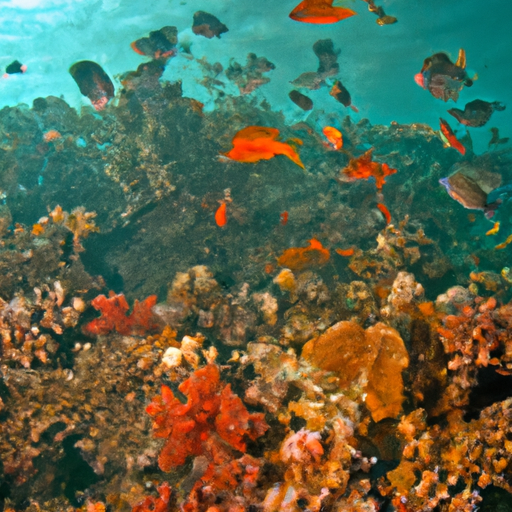Exploring the fascinating diversity of marine life is like embarking on a captivating journey into the depths of the ocean. The ocean, covering over 70% of the Earth’s surface, is a vast and mysterious realm teeming with a myriad of extraordinary creatures and ecosystems. From the tiniest microorganisms to the largest mammals, the marine environment is a treasure trove of awe-inspiring biodiversity. One of the most remarkable aspects of marine life is the incredible variety of species that inhabit the ocean. Estimates suggest that there may be anywhere between 500,000 and 10 million marine species, with only a fraction of them identified and studied by scientists. This immense diversity is a testament to the adaptability and resilience of life in the ocean.
Exploring the Wonders of Marine Life: A Dive into the Depths
Exploring the wonders of marine life is an exhilarating adventure that takes us on a captivating journey into the depths of the ocean. As we delve deeper into the underwater world, we unearth hidden treasures and encounter a diverse array of extraordinary creatures. The ocean, covering more than 70% of the Earth’s surface, holds an astonishing amount of beauty and mystery. It houses an abundant variety of marine life, from the tiny and colorful coral polyps to the majestic whales. Each species has its own unique characteristics and plays a crucial role in the delicate balance of the marine ecosystem. Coral reefs, in particular, are visually stunning ecosystems that serve as essential nurseries for many marine species. As we venture further into the depths, we encounter the enigmatic realm of the deep sea, with its bioluminescent organisms and unique creatures adapted to survive under extreme conditions. Exploring the wonders of marine life not only provides us with awe-inspiring sights but also offers valuable insights into the natural world, contributing to conservation efforts and the sustainable management of our oceans.
Exploring the Biodiversity of Marine Life: From Coral Reefs to Deep Sea Creatures
Exploring the biodiversity of marine life is a thrilling adventure into a world of color and diversity. Coral reefs, known as the “rainforests of the sea,” are incredibly biodiverse ecosystems. They are home to a kaleidoscope of marine life, including coral polyps, colorful fish, and fascinating creatures. Coral reefs play a vital role in maintaining the delicate balance of their ecosystems, providing shelter and habitat for countless species. The deep sea is another realm of biodiversity, with unique organisms adapted to extreme conditions. From chemosynthetic ecosystems near hydrothermal vents to mysterious deep-sea creatures, these environments reveal the interconnectedness and complexity of marine ecosystems. By protecting and promoting sustainable practices, we can ensure future generations can marvel at the rich diversity of marine life.
The Importance of Protecting Marine Life: Conservation Efforts and the Future of Our Oceans
The article highlights the importance of protecting marine life and the fragile ecosystems they depend on. It emphasizes the need for conservation efforts such as establishing protected areas and promoting sustainable fishing practices to ensure the survival of marine species. The article also discusses the detrimental effects of pollution and climate change on marine ecosystems and the necessary measures to address these issues. Overall, protecting marine life is crucial for the well-being of our oceans and our planet, as it ensures resource sustainability, biodiversity preservation, and a balanced ecosystem.
Protecting Marine Life: The Importance of Conservation Efforts
The impact of human activities on marine life is a pressing issue that highlights the need for conservation efforts. This article stresses the importance of protecting marine life for several reasons. Firstly, marine ecosystems provide essential resources for countless species, making their conservation vital for the overall health of the oceanic environment. Furthermore, marine life plays a crucial role in regulating the Earth’s climate by absorbing carbon dioxide and distributing heat. Additionally, marine life has significant economic value, supporting industries such as tourism and fishing. Conservation efforts are crucial in mitigating threats such as overfishing, pollution, and habitat destruction. In conclusion, protecting marine life is our responsibility to ensure the survival of species, safeguard ecosystem services, and maintain a sustainable future for generations to come.
The Impact of Climate Change on Marine Life: Threats and Solutions
The article discusses the impact of climate change on marine life, with a particular focus on the threats faced by delicate marine ecosystems. Rising sea temperatures and ocean acidification disrupt the balance of these ecosystems, leading to challenges for the organisms that rely on them. The increase in sea temperatures poses a significant threat to key species such as coral reefs and fish, disrupting their behavior and reproductive patterns. Ocean acidification, caused by increased carbon dioxide absorption, affects species with calcium carbonate shells, hindering their ability to build and maintain their protective shells. Despite these challenges, there are potential solutions such as reducing greenhouse gas emissions and establishing marine protected areas. Global cooperation and awareness are crucial in implementing effective policies to protect marine ecosystems from the growing threat of climate change.
Unveiling the Mysteries of Marine Life: Discovering Hidden Species and Behaviors in the Sea
scientists are uncovering new species and unveiling the hidden behaviors of marine life. Despite centuries of exploration, two-thirds of marine species still remain unknown, making each deep-sea expedition an exciting opportunity for discovery. Advanced technologies like underwater drones and high-resolution cameras allow researchers to observe marine life without disturbing their delicate ecosystems, leading to revelations about complex social structures and communication systems. Understanding the relationships between species is essential for maintaining marine ecosystems, and the unique adaptations and biochemical properties of marine organisms have also led to the development of new drugs and medical treatments. The ongoing exploration of the ocean not only highlights its vastness and importance but also contributes to the preservation of marine life.
Unveiling the Secrets of Marine Life: Fascinating Discoveries and Research
“The Exploration of Marine Ecosystems: Revealing the Wonders of the Sea”
The world’s oceans are a hub of diverse and fascinating marine life that is still largely unexplored. Scientists and researchers are continuously making new discoveries about the mysteries of marine ecosystems. Marine organisms have developed unique strategies to survive in challenging conditions, from the deepest trenches to the shallowest coral reefs. Technological advancements have allowed researchers to explore previously inaccessible areas of the ocean and capture stunning imagery of deep-sea creatures and their habitats. The discovery of hydrothermal vents and their unique ecosystems has challenged our understanding of life’s requirements. The role of marine biodiversity in maintaining healthy ecosystems and the impact of human activities on marine life are also areas of significant study. By studying these ecosystems, scientists hope to develop effective conservation strategies to protect their remarkable biodiversity.
Conservation Efforts to Protect Endangered Marine Species: Success Stories and Challenges
Conservation efforts to protect endangered marine species have been crucial in preventing their extinction and restoring their populations. Success stories include the recovery of the humpback whale population through international collaborations and protected areas, the implementation of fishing regulations to protect the Atlantic bluefin tuna, and the protection of marine turtle species through the establishment of nesting beaches and regulations against illegal harvesting. However, ongoing challenges such as climate change, habitat destruction, and pollution continue to threaten marine species. Long-term commitment and international cooperation are necessary to ensure the survival and recovery of these magnificent creatures. The article will provide case studies and initiatives that have yielded positive results in marine species conservation.
Exploring the Wonders of Marine Life: A Dive into the Colorful Underwater World
The article “The Biodiversity of Coral Reefs: A Fascinating Haven for Marine Life” highlights the incredible diversity of marine life found in coral reefs. The vibrant colors and intricate structures of coral reefs make them visually stunning and serve as vital ecosystems for numerous species. Coral reefs support around 25% of all marine life and provide habitats and nurseries for a wide range of species. Additionally, these ecosystems play a crucial role in carbon storage, act as natural barriers against storms, and support local economies. Protecting and preserving coral reefs is essential for the continued existence of marine life and the overall health of our planet. The article “Discovering the Enigmatic Creatures of the Deep Sea” focuses on the mysterious and enchanting realm of the deep sea. Exploring the colorful underwater world of marine life reveals the intricacies of some of the most enigmatic creatures on our planet. The vibrant colors of deep-sea organisms serve various purposes, such as warning potential predators or attracting mates. Delving into the depths of the ocean uncovers a fascinating world that holds countless wonders waiting to be discovered.

